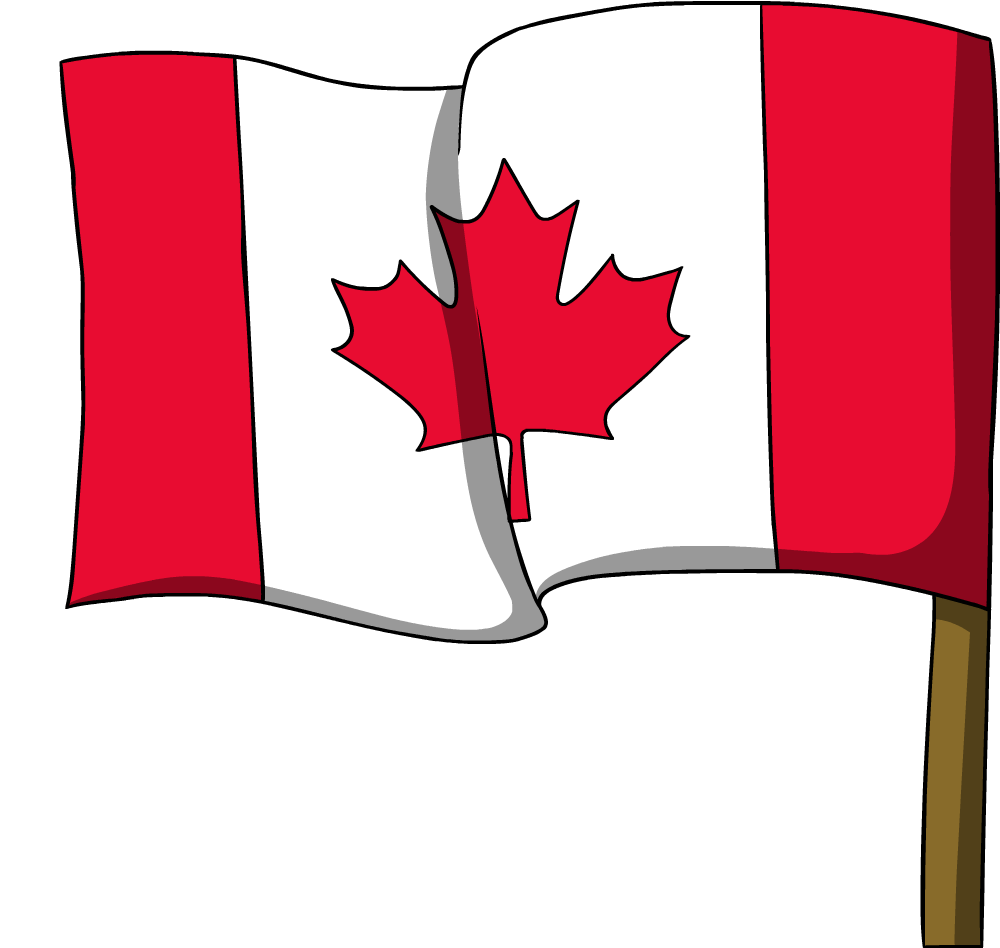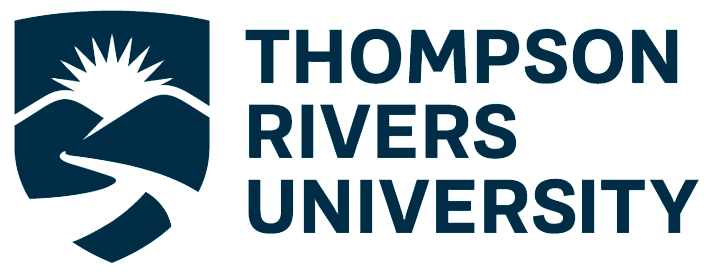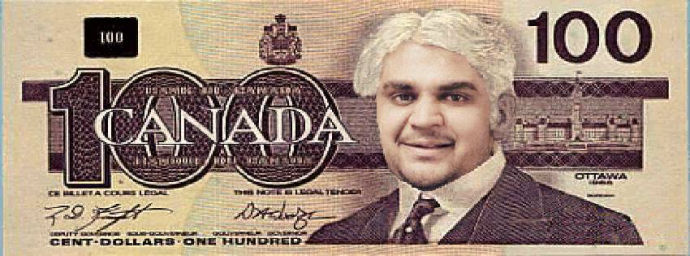Canadian Permanent Residency (PR) - my timeline
 COVID-19 update: With the ever-evolving pandemic, several procedures and requirements have changed, but the overall thoughts and suggestions in this article are still the same. The following notes are based on my own experiences in British Columbia (BC) and Alberta (AB). Stay safe, stay well!
COVID-19 update: With the ever-evolving pandemic, several procedures and requirements have changed, but the overall thoughts and suggestions in this article are still the same. The following notes are based on my own experiences in British Columbia (BC) and Alberta (AB). Stay safe, stay well!
If you're a new immigrant or are about to move to Canada, and would like some insights along with tips-n-tricks, please read my article here.
My Canadian education
 After completing High School in India, I moved to Canada in 2011 to pursue a Diploma in Computing Science and a Bachelor Degree in Business Administration (Major: Human Resources) from Thompson Rivers University. My degree also had a 16-month co-op internship where I worked at Teck Coal Ltd. in Calgary as a Change Coordinator. After graduating, I moved to Edmonton, where I applied under the Alberta Immigrant Nominee Program (AINP) program.
After completing High School in India, I moved to Canada in 2011 to pursue a Diploma in Computing Science and a Bachelor Degree in Business Administration (Major: Human Resources) from Thompson Rivers University. My degree also had a 16-month co-op internship where I worked at Teck Coal Ltd. in Calgary as a Change Coordinator. After graduating, I moved to Edmonton, where I applied under the Alberta Immigrant Nominee Program (AINP) program.
The two major methods of applying for Permanent Residency
Eligible candidates can choose from the following two options:- Express Entry: This follows a point-based system. Your profile will get points based on factors like language skills, work experience, age, etc. If you are selected based on your point score, you will get an invitation to apply (ITA) from Immigration Refugee and Citizenship Canada (IRCC). It's comparatively faster as processing takes about six months.
- Provincial Nominee Program (PNP): Qualifying is comparatively easier as several provinces do not require a job offer. It is important to note that while your PNP application is underway, you cannot change your province of application till the entire process is complete, which can take up to 2 years of processing time.
Filing all paperwork via a registered immigration consultant
IMPORTANT: A thorough research on your agent's competence and reviews beforehand will save you from grief and missed opportunities in the future! I recommend hiring an agent to ensure all paperwork is in order and thus avoid unnecessary delays due to missing/inaccurate submissions. The best way is to ask friends/colleagues for references but if that doesn't apply to you, make sure you read all reviews online.In my case, I pursued my file via Excel Immigration Services, Edmonton. The following is a timeline of events in my case. Depending on how, when, and where you apply from, your timing of events may vary:
- September 2016: AINP file submitted - A month after starting my job in Edmonton (Alberta), I applied under the Alberta Immigrant Nominee Program (AINP).
- May 2017: AINP approved - In May, my employer and I received a call from a Program Officer to verify and confirm a few details from the previously submitted paperwork. Within a few hours from the phone call, I received the AINP approval e-mail.
- September 2017: Federal number received - After AINP approval, the next step was to apply for the federal application number, which I received four months from my AINP approval.
- March 2018: Medical requested - The medical check-up mainly screens for issues that may adversely impact Canadian healthcare. After ten days of taking the test, the results get forwarded for further processing.
- September 2018: Passport requested for VISA - At this penultimate step, a one-time VISA gets issued and canceled when you leave and re-enter Canada as a landed immigrant.
The final step: flagpoling vs. interview
Flagpoling: When a person already in Canada leaves and returns without crossing into the USA, to activate a new permanent resident status, be granted a renewed study or work permit, or a change of status, for example, from visitor to work permit holder. It is a popular choice since the border officer typically takes under an hour to process your application compared to the Citizenship and Immigration Canada (CIC), which can take months to arrange an interview. I flagpoled at Coutts, Alberta. The actual PR card can take up to three months to arrive, but you get a 'Confirmation of Permanent Residence' (a.k.a CoPR) form right away that serves as proof of PR status.NOTE: The confirmation is not a travel document! It is recommended to wait for the card before traveling overseas.
Costs involved
 The 'application processing' fee and the 'right to permanent residence' fee come to $1040. Other charges, such as a consultant fee, transportation, lodging costs, and photographs, add up to the overall expenses.
The 'application processing' fee and the 'right to permanent residence' fee come to $1040. Other charges, such as a consultant fee, transportation, lodging costs, and photographs, add up to the overall expenses.
For a list of current fees, see the detailed fee list on CIC's website.
Key takeaways
- If you're hiring an agent, do your thorough research BEFORE you commit.
- Ensure you read all instructions and requirements thoroughly before submitting any paperwork as incomplete or inaccurate submissions may delay your processing.
- If you're mailing in your application, double-check your address details. If you're applying online, ensure your e-mail address is correct and has no typos!
- If a document has expired (passport, permits, etc.), make sure you update your CIC submission!
- If you have a significant other and are planning on getting married after your PR, consider marrying early. Adding a spouse while your file is still processing will save you a lot of processing time. Of course, there are many factors to consider here!
- Since every case can vary depending on age, education, experience, background, and history, I recommend hiring a consultant to guide you through the process and requirements.




